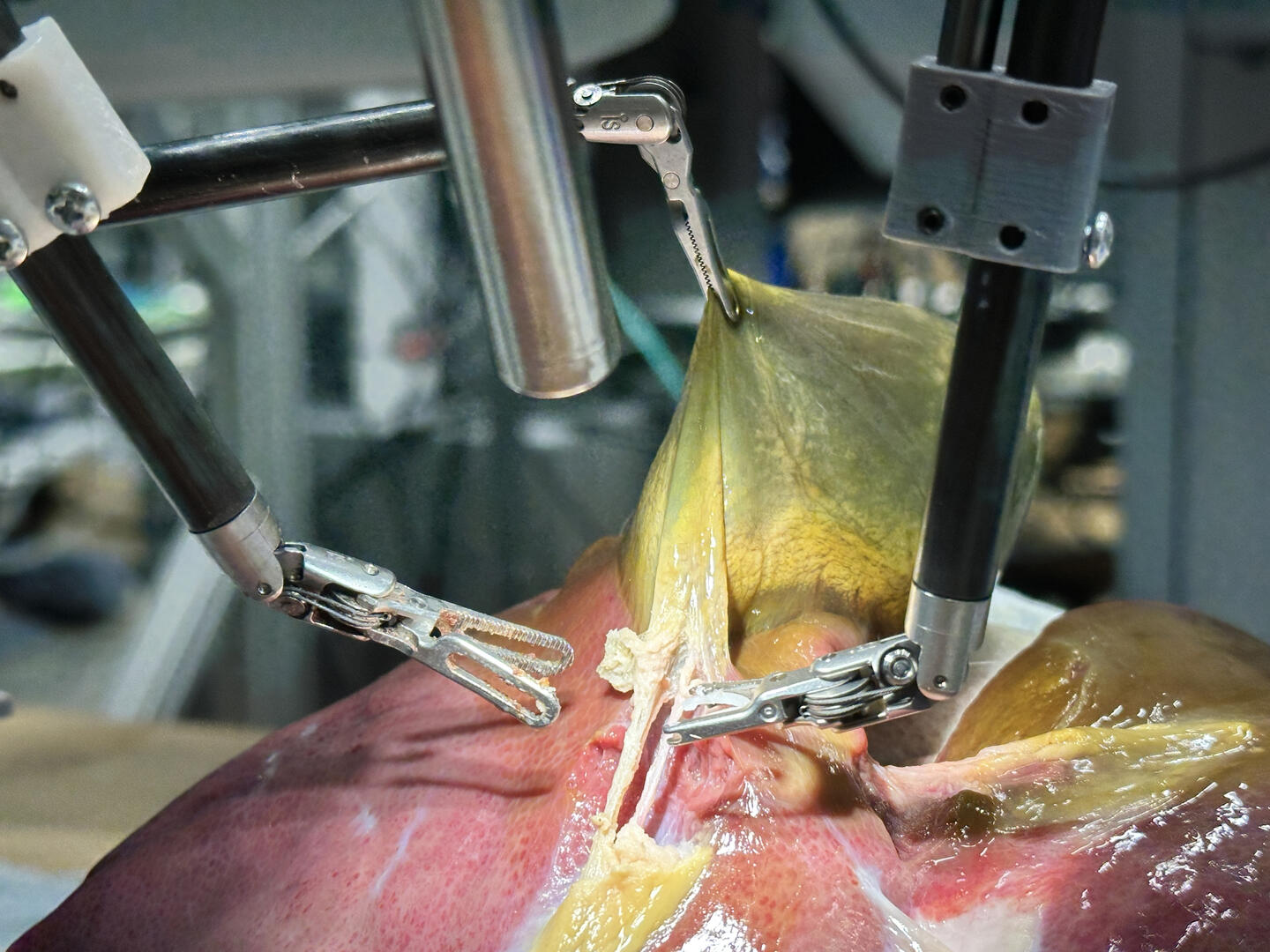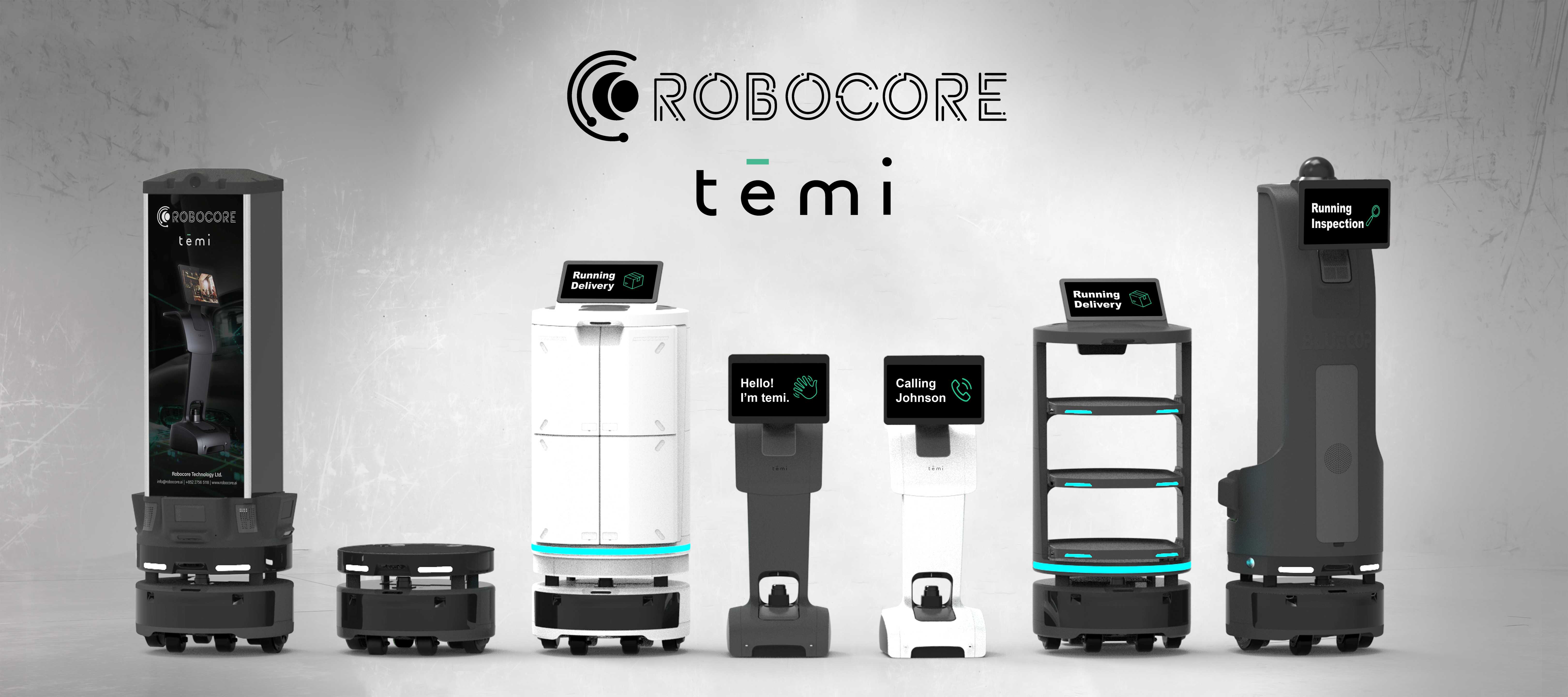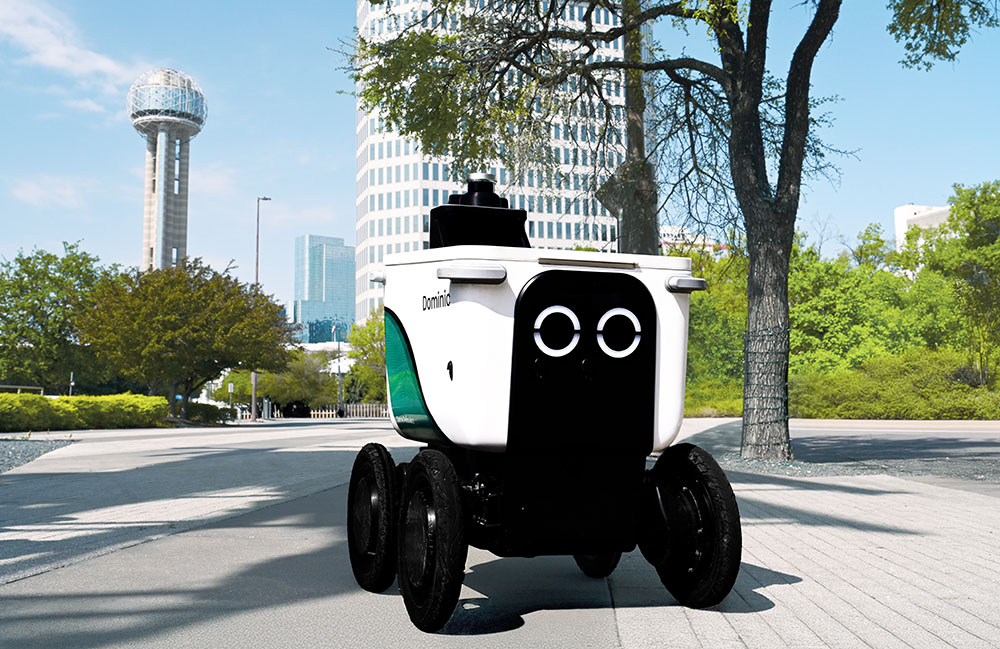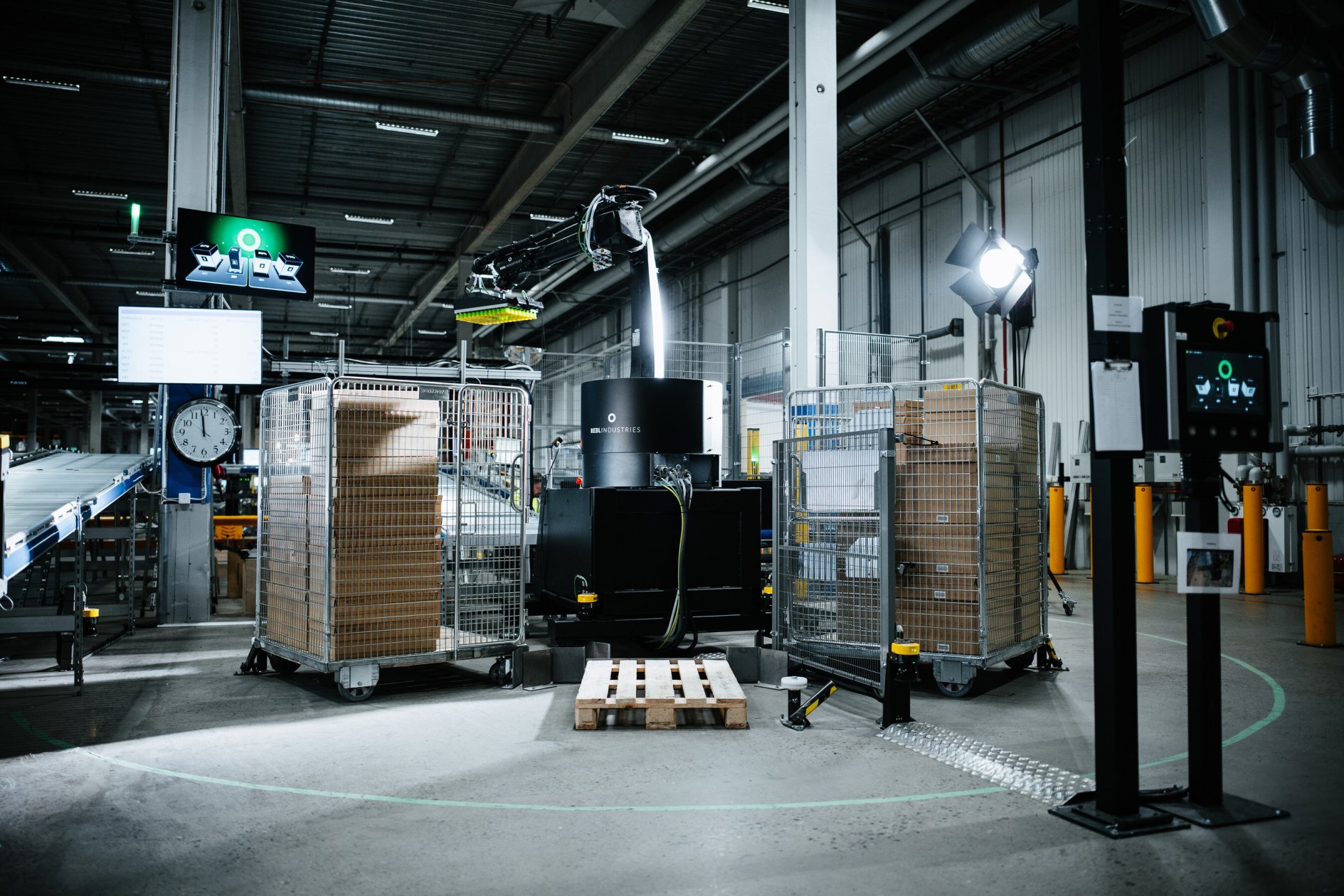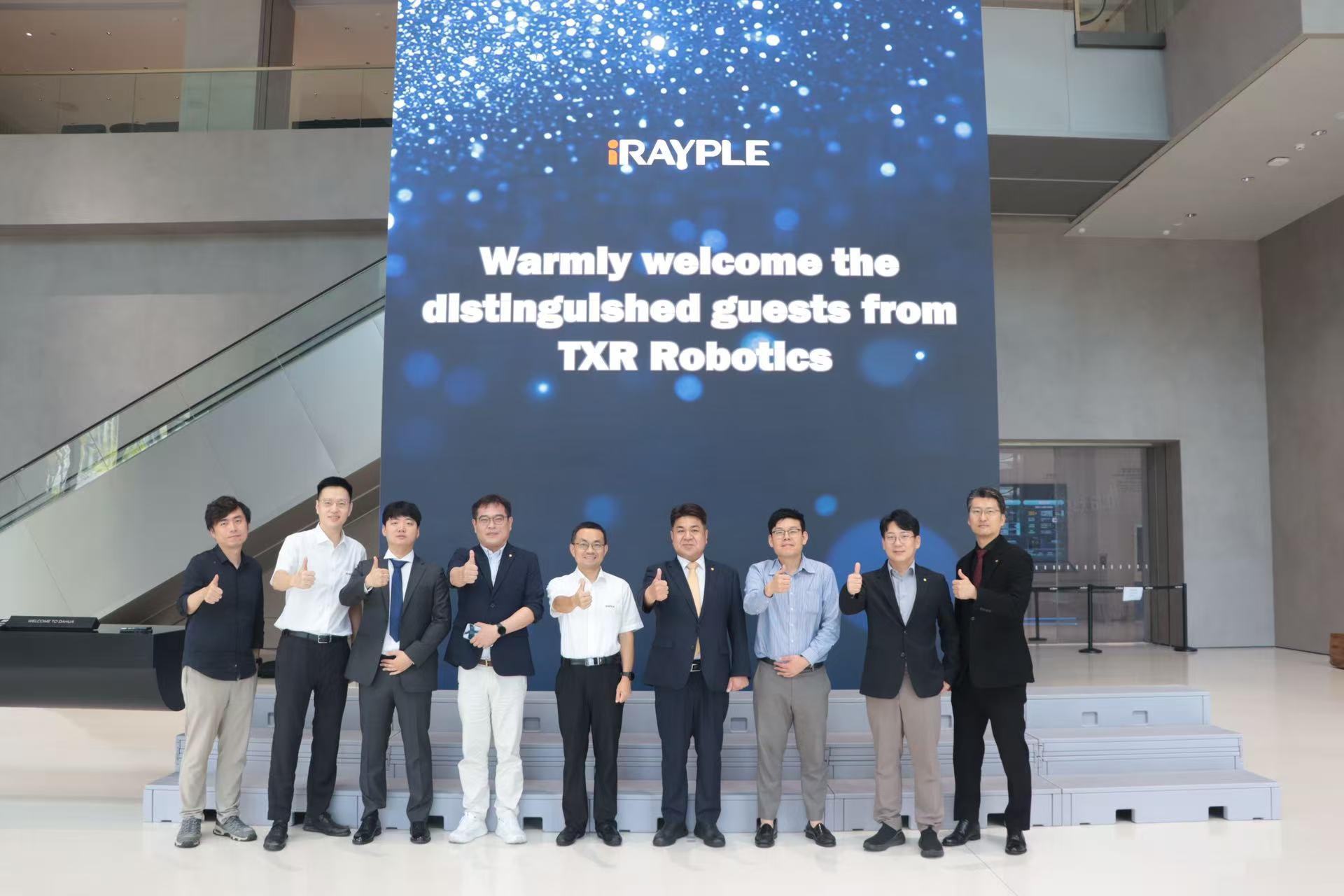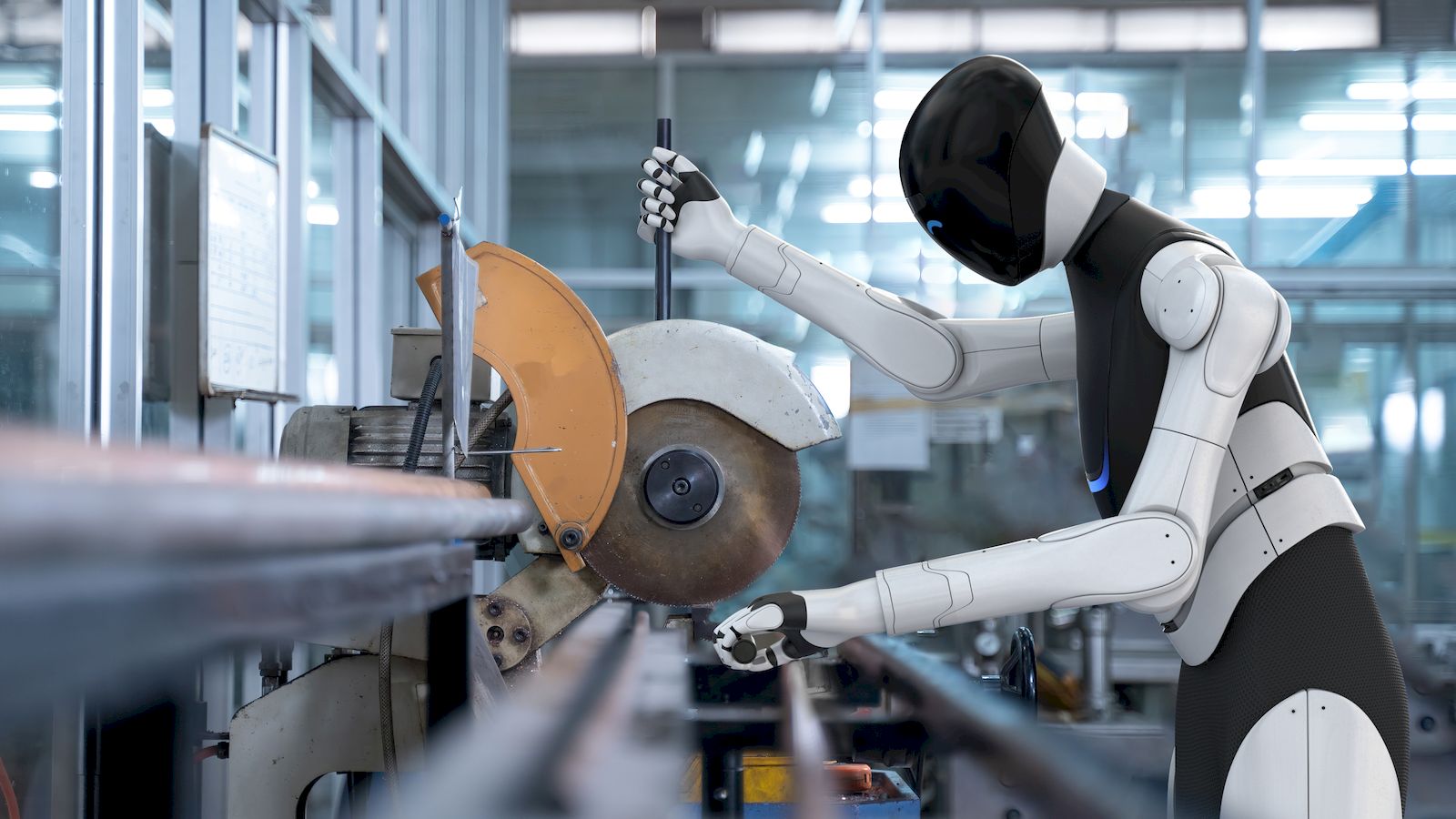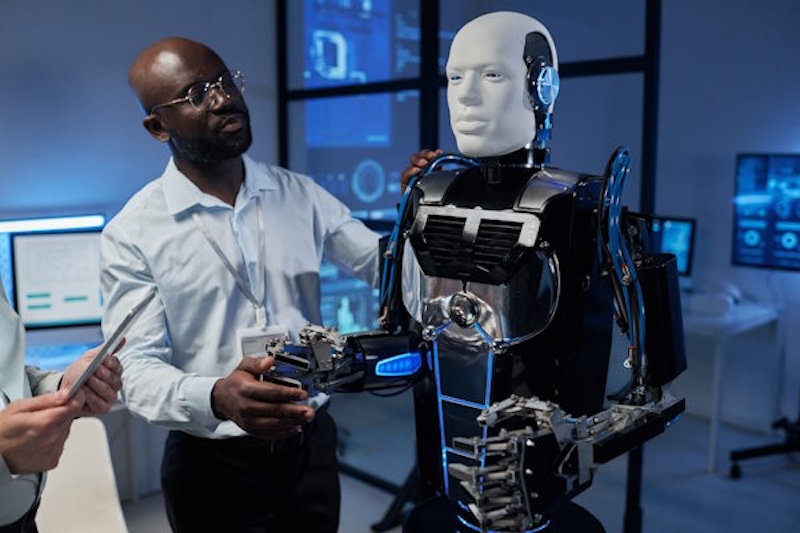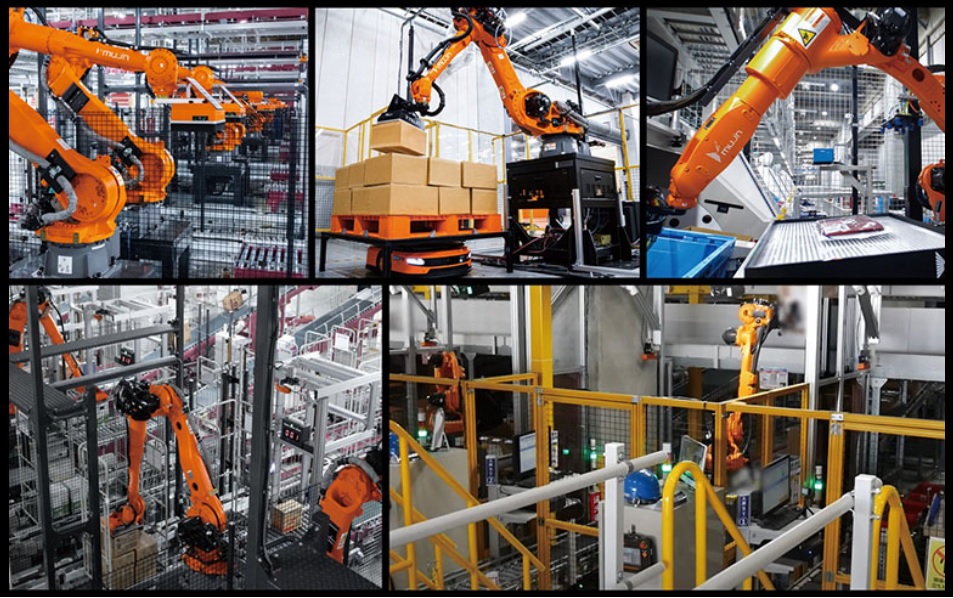Johns Hopkins Trains Robot to Autonomously Perform Gallbladder Surgery on Realistic Patient Model
In a major leap for surgical robotics, the STAR system becomes the first robot to complete a soft-tissue cholecystectomy without human guidance—paving the way for intelligent, autonomous procedures in real-world healthcare settings.
Image Courtesy: Public Domain
In a groundbreaking advancement for surgical robotics, researchers at Johns Hopkins University have successfully trained a robot to autonomously perform a gallbladder removal (cholecystectomy) on a life-like human patient model, demonstrating a significant step toward safe and effective autonomous surgery.
The study, conducted by a multidisciplinary team from the Johns Hopkins Department of Computer Science, School of Medicine, and the Laboratory for Computational Sensing and Robotics (LCSR), marks the first time a robot has carried out the complete procedure on a soft-tissue, anatomically accurate model without human hands guiding the operation.
The robot, known as STAR (Smart Tissue Autonomous Robot), was enhanced with state-of-the-art computer vision, machine learning algorithms, and high-precision actuation systems. Over months of training using surgical data and supervised practice, STAR learned to perform the complex series of steps required for laparoscopic gallbladder removal—including dissection, cauterization, and suturing—on a hyper-realistic phantom patient created to mimic live human tissue responses.
“Our goal wasn’t just to automate a task, but to recreate surgical intelligence,” said Dr. Axel Krieger, assistant professor of mechanical engineering and principal investigator of the project. “By teaching the robot how to handle tissue like a surgeon—with the adaptability and finesse required in a real procedure—we’re getting closer to a future where autonomous systems can assist or even lead in surgical care.”
While the system is still in the research stage and not yet approved for clinical trials on humans, the successful demonstration represents a significant milestone in the journey toward automating minimally invasive procedures, which demand precision in delicate, variable environments.
The project has potential implications for increasing surgical access in remote or underserved areas, reducing surgical complications, and supporting overburdened healthcare systems with reliable, AI-driven tools.


